
Main Page | Table of Contents | Journals | Subscriptions | Submissions | Monographs | IBR Grants | IBR Conferences | Hadronic Mechanics | Latest Discoveries | About Us | CV of IBR Members | E-Mail Us

INTERVIEW OF PROF. R. M. SANTILLI ON THE FIRST DETECTION OF
ANTIMATTER GALAXIES VIA A TELESCOPE WITH CONCAVE LENSES
By the
Agence de la Recherche Scientifique
Division de Guadaloupe
Translations in French and Arabic are in preparation.
Conducted by Skype and emails.
Curriculum of Prof. R. M. Santilli
http://www.world-lecture-series.org/santilli-cv
Technical inquiries should be sent to
Prof. R. M. Santilli at the Email: basicresearch(at)i-b-r(dot)org
Q. Prof. Santilli, please tell us the origin of your dream.
During my Ph. D. studies at the University of Torino, Italy, in the mid
1960s, I decided to seek mathematical, theoretical and experimental
means to ascertain whether a far away galaxy is made up of matter or of
antimatter. Let me tell you upfront that, some fifty years later and
countless sleepless nights, I am still far from having fully achieved my
dream due to the complexities of the problems to be solved.
Q. Please identify the biggest obstacle.
Once the objective was set, I immediately discovered that Newton's
mechanics, Galilei's relativity and Einstein's special and general
relativities, since they were conceived way before the discovery of
antimatter, they were completely unable to even formulate the detection
of antimatter because their sole conjugation was the sign of the charge,
while I had to study galaxies at the "classical" level and assume that
they are "neutral". In the absence of a classical conjugation from
neutral matter to neutral antimatter I was simply stuck.
Q. Tell us about failed attempts.
Newton, Galilei and Einstein are my Teachers and Mentors. The idea that
I had to surpass them was for me repulsive. Therefore, I spent decades
in trying to reconcile my needs for a quantitative classical
representation of neutral (as well as charged) antimatter bodies with
Newton's mechanics, Galilei's relativity and Einstein's special and
general relativity with complete failure and without publishing any
paper in the field while doing career oriented Phys Rev papers.
To give you an idea of the technical problems, the assumption of
representing the trajectory of a neutral antimatter comet or asteroid in
our solar system via Newton's equations had the following insurmountable
difficulties among others: (1) Evident lack of any distinction between
matter and antimatter; (2)Total failure to represent matter-antimatter
annihilation; (3) Insurmountable inconsistencies for a correct
quantization because under operator maps I would get a "particle" rather
than the charge conjugate antiparticle with the wrong sign of the
charge; (4) Collapse of any representation of experiments on antimatter
at the operator level; (5) Violation (for certain technical reasons) of
Von Neumann's imprimitivity theorem, with consequential collapse of the
operator theory. In short, the failures and inconsistencies were total
at the classical as well as particle level.
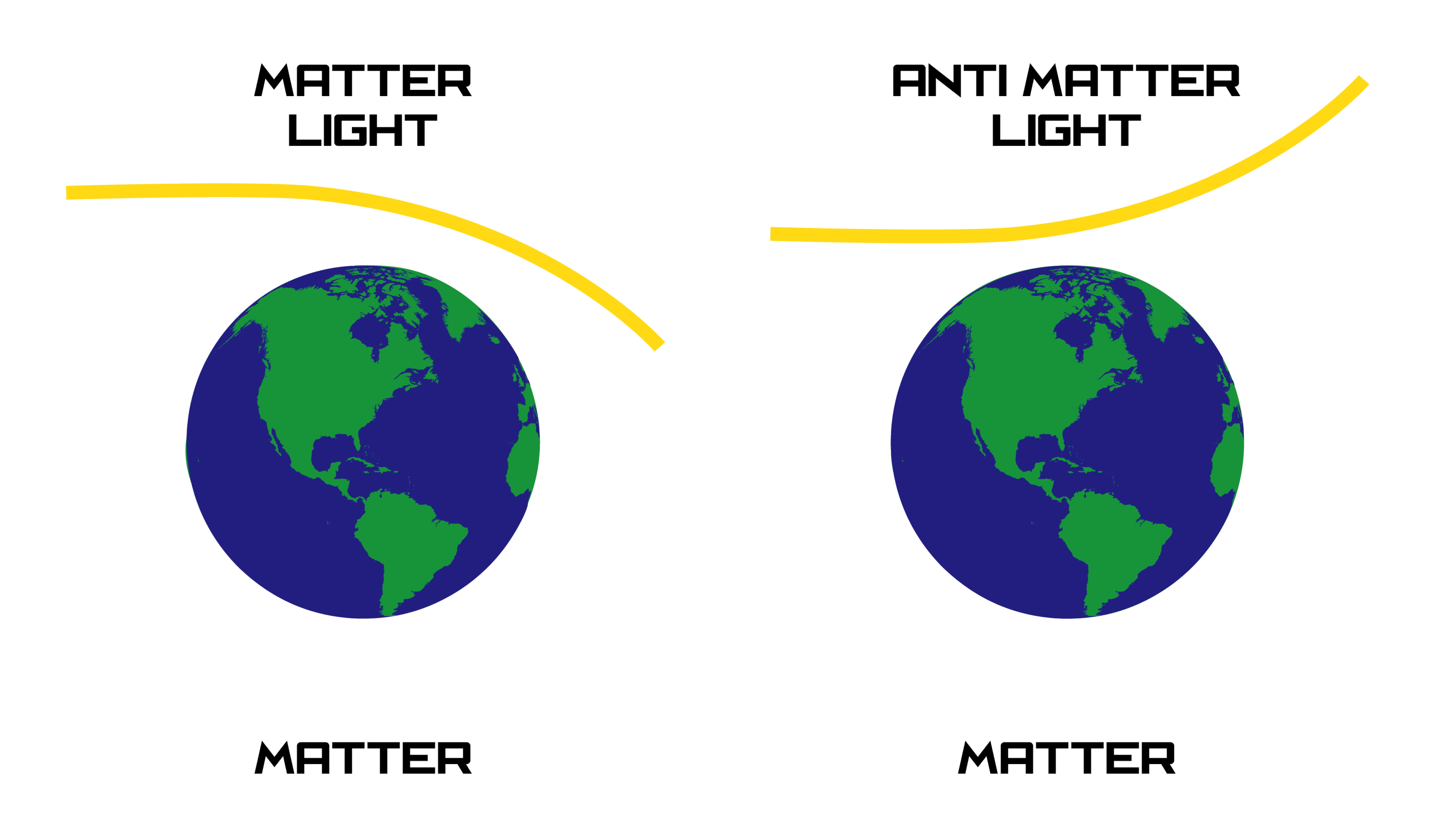
Q. Please outline the birth of isodual mathematics.
I am convinced that the protracted lack of solution of "physical"
problems is generally due to insufficient "mathematics". In the early
1980s, when I was at Harvard's Department of Mathematics under DOE
support jointly with my friend there the geometer Shlomo Sternberg, and
literally "out of desperation", I decided to build a new mathematics
specifically conceived for the classical representation of neutral or
charged antimatter, thus including bodies as well as light.
Following the waste of one year in Cantabridgean libraries to
locate the needed mathematics, I had no other option then to building it
myself. To represent the matter-antimatter conjugation at the classical
and quantum levels, the needed new math had to be anti-isomorphic to the
conventional mathematics used for matter. This is the case for
charge conjugation, but the latter solely applied in a Hilbert space,
while the needed mathematics had to be applicable at all levels, from
Newtonian mechanics to second quantization.
After a number of additional failures, I finally had the bold idea of
building a new mathematics based on a "negative basic unit" obtained via
an anti-hermitean conjugation now called "isoduality" and denoted with
the upper index "d"
(1) Id = -1† =
- 1
In fact, this basic assumption would guarantee that the mathematics
based on the isodual unit -1 is indeed anti-isomorphic to the
conventional mathematics.
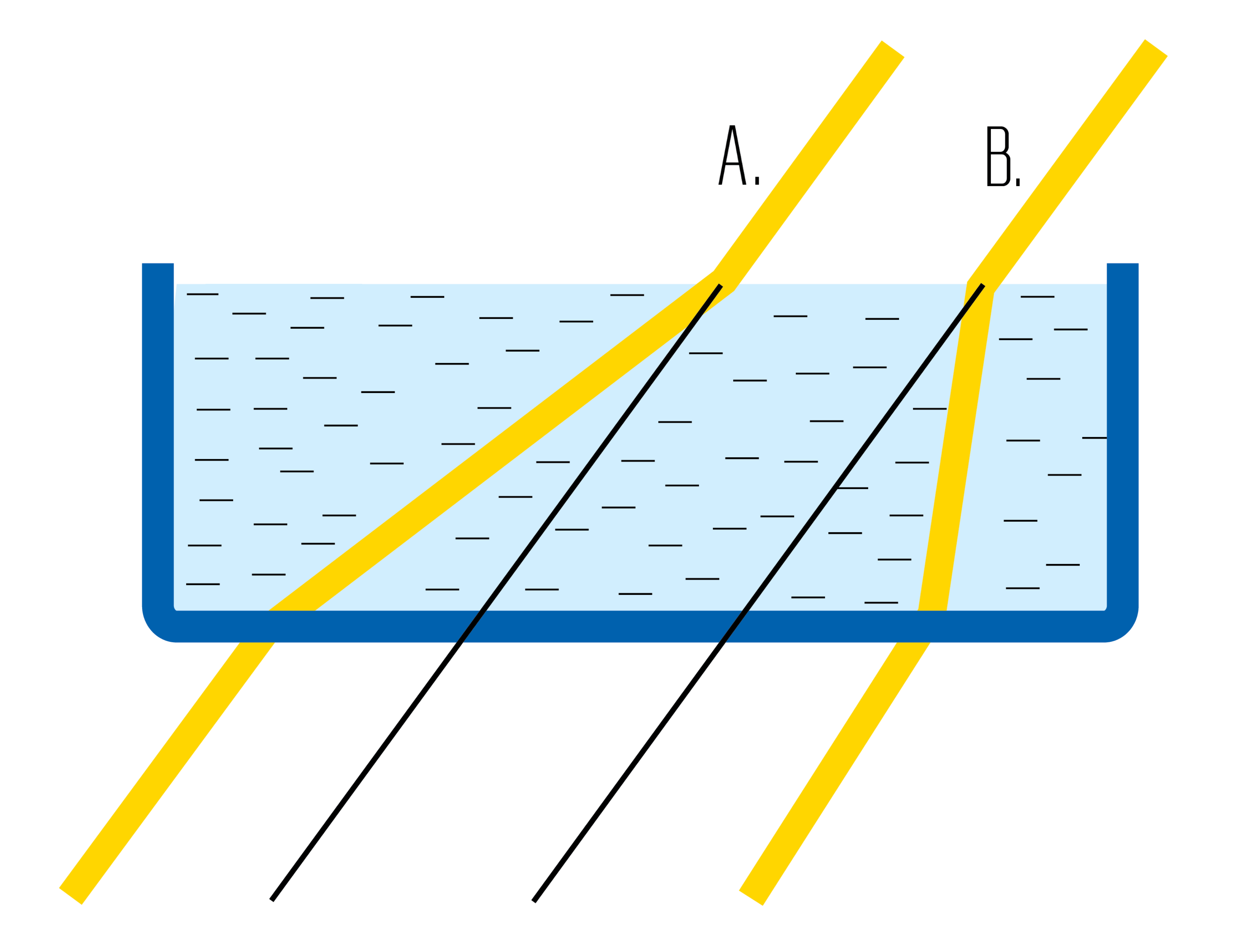
Isodual mathematics is the reconstruction of the entirety of 20th
century mathematics used for matter in such a way to admit -1 as the
left and right unit, resulting in isodual numbers, isodual spaces,
isodual differential calculus, isodual functional analysis, isodual
algebras, isodual Euclidean, Minkowskian and Riemannian geometries, etc.
Q. Please outline the birth of the isodual physics.
Being an applied mathematician by instinct and education, the
construction of the new math turned out to be quite easy, but I
abstained from publishing papers in the field because I consider the new
math and the related physics, to be "crazy" due to excessive departures
from the evidence of our sensory perception.
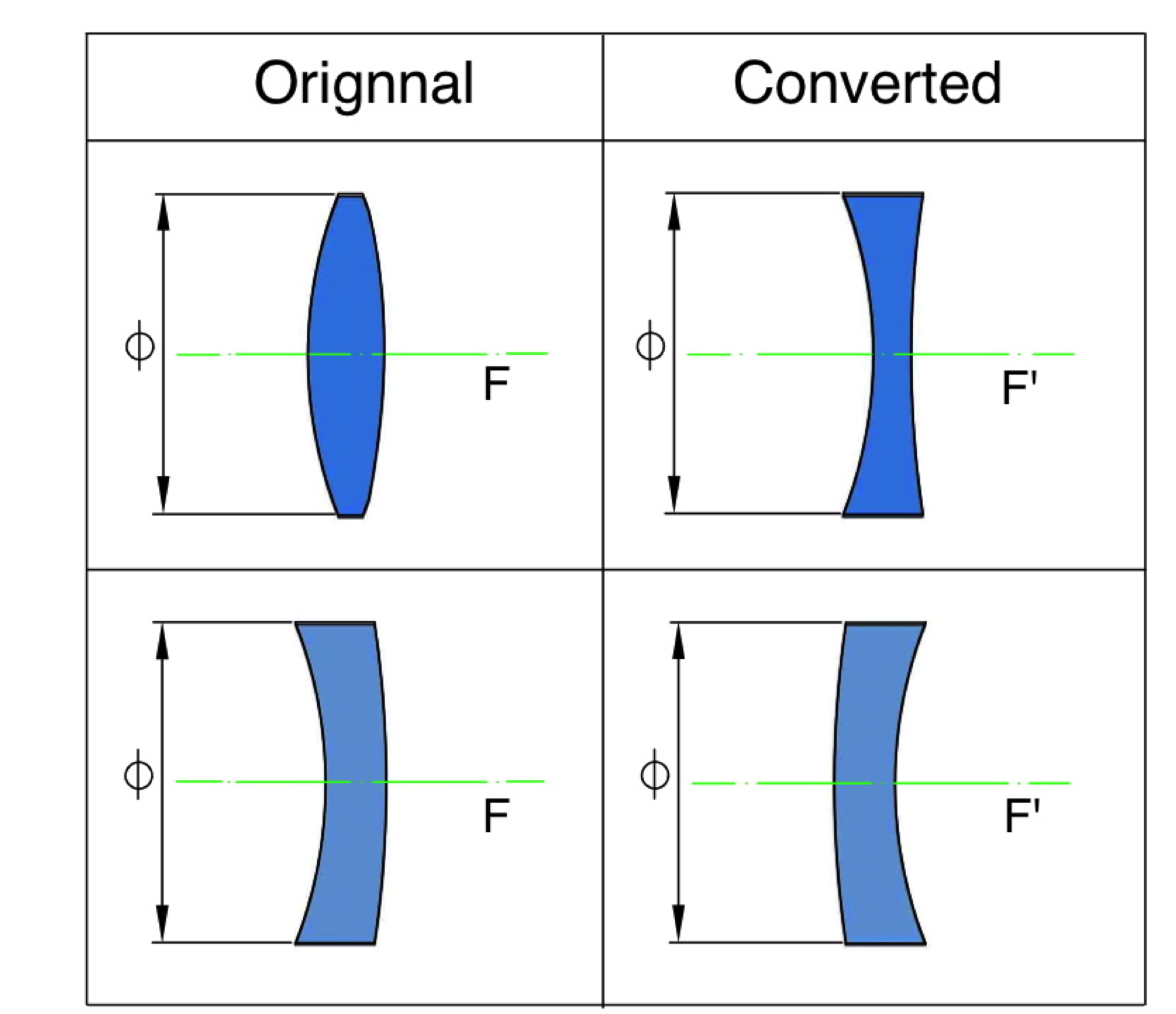
Under the isodual map., the entirety of physical quantities as well as
their units are conjugated. As an illustration, if you have $1M in an
"antimatter checking account" you are in red for $1M because isodual
mathematics demands the conjugation of everything for consistency,
including the conjugation of quantities "and" their units. Hence, $1M is
referred to the negative unit-$1 resulting in $1M in red.
It is known that moving backward in time or having negative energy
violate various physical laws. Under isoduality, antiparticles evolve
backward in time and have negative energies (these are old condition to
represent annihilation), but the units of time (the second) and energy
(the erg) also change sign. Therefore, particles moving backward in time
with negative energies referred to corresponding negative units of time
and energy are as physical as our particles moving forward in time with
positive energies referred to corresponding positive units of time and
energies.
Q. Did you study the 1908 Tunguska explosion?
Quite honestly, I was about to abandon the field because I was totally
alone while being "justly" considered a "whacko" by my colleagues.
However, I am convinced that, as scientists, we have to serve mankind,
particularly when aware of potential problems to society. The 1908
Tunguska explosion in Siberia had a crucial role in my continuing the
studies of antimatter.
In fact, I did quantitative studies (with equations rather than ideas)
of the Tunguska explosion and concluded that. It could only be due to an
antimatter asteroid annihilating in the upper layers of our atmosphere.
An ice comet can indeed account for the flattening of the trees over a
vast area without burning them and without any solid residue in the
ground. The antimatter origin becomes mandatory from the fact that, days
following the explosion, people could read the newspaper in the middle
of the night on the opposite side of Earth (Sidney, Australia) without
any artificial light. You cannot do that with ice. This is clear
evidence of extreme excitation of our atmosphere due to huge radiations
solely of electromagnetic character.
I saw a real danger for America and other countries since a similar
catastrophe can happen again with total paralysis of civilian,
industrial and military communications, let alone untold devastations on
the ground. America has been very generous to me by allowing the
fulfillment of my research dream. I "had" to continue the study of
antimatter even though considered a "whacko" (to use a gentle word) by
my colleagues.
Q. Did you inspect the compatibility with Dirac's equation?
Another source of strength in continuing the research, was the
conventional Dirac equation because Dirac's gamma-4 matrix is precisely
composed of a 2x2-dimensional positive unit and a 2x2-dimensional
"negative" unit, while the space components contain Pauli's matrices in
Kronecker product with their isodual
(2) γ4 = Diag.
(I2x2, Id2x2, γk =
σk x σdk
In short, the isodual theory of antimatter is confirmed 100% by the
conventional Dirac equation. In his genius, Dirac set the foundations
off the isodual theory. but missed the isodual mathematics to reach the
same conclusions.
I should say that I never accepted the 20th century interpretation of
Dirac's equation as "representing a particle with spin 1/2" because
there exists "no" irreducible or reducible representation of the
SU(2)-spin symmetry with the form of the gamma matrices. Their only
technically correct structure is that of a 2-dimensional representation
ofSU(2)_ times that of SU(2)^d.
Q. What are the implications for antigravity?
Q. Tell us about the 1996 First Workshop on Antimatter
Astrophysics.
I was honored by the colleagues with the invited paper [2] in which I
presented the prediction that antimatter-light is physically different
than matter-light in an experimentally verifiable way. Since for light
there is no charge to conjugate, the matter-antimatter conjugation
applied to light requires the conjugation of "all" other physical
quantities in the transition from matter-light to antimatter-light
(technically called isodual light).
In particular, the isodual photon must have a negative energy referred
to a negative unit. Consequently, antimatter light is predicted to
experience repulsion (anti-bending) in a matter gravitational field.
Additional differences are also suitable for experimental measurements
[2].
In this way, after initiating my research in the 1960s, it was only in
1996 that I started to see the future possibility of ascertaining
whether a far away galaxy is made up of matter or of antimatter. In
fact, the possible experimental confirmation of light from a distant
galaxy being repelled by matter gravitation would establish the
antimatter character of the light source.
At this Sepino workshop I also presented a draft of the monograph [3]
that I only released later on in 2006 for publication by Springer.
Q. Tell us about the 2011 Second Workshop on Antimatter
Astrophysics.
This workshop was instrumental for the initiation of the all important
"antimatter optics" (technically called "isodual optics"). In
particular, I understood that antimatter light is predicted to
experience a "negative index of refraction" when measured in our
laboratory (and not in an antimatter lab in which the index of
refraction is normal) when passing through a transparent matter medium
such as matter-glass.
Q. Tell us the fulfillment of your old dream.
Finally, I could put together in parallel the conventional Galileo
telescope and the new one with concave lenses and with this set up I
initiated the view of the Vega region of the night sky at 11 pm of November
7, 2013, at the Anclote Gulf Park, Holiday, Florida, GPS Coordinates:
Latitude = 28.193, Longitude = -82.786. I set the camera at the
exposure of 15 seconds for the specific intent of having streaks of
light from far away matter stars caused by Earth rotation, since streaks
can be better identified with the limited capabilities of the available
telescopes compared to individual dots of light in the pictures.
Additionally, streaks from matter stars have a clear orientation as well
as length that are important for the identification of possible streaks
from antimatter light.
I will remember for the rest of my life the thrill of the moment when,
in the middle of the night at the Anclote Gulf Park in Holiday, Florida,
I inspected the enlargement of the first picture of the Vega sky from
the new telescope and did see fully focused streaks and other images
that were believed to be impossible from a telescope with concave
lenses. I then inspected the enlargement of the corresponding picture
from the Galileo telescope in the same region of the sky and confirmed
that t5he streaks presents in the new telescope were absent in the
Galileo telescope, thus confirming the novelty.
The results of the pictures of the Vega region of the night sky are
presented in Ref. [4] and their "preliminary confirmations" are
presented in Ref. [5]. The experimental novelty is that a telescope with
concave lenses can indeed focus various images (streaks, circles, and
others). That appears to be certain. My personal view is that the
detected light is due to antimatter, because the images are primarily of
"darkness" rather than light, thus fully compatible with the need for
antimatter light to have all quantities conjugated, thus including the
conjugation of positive energy of matter light into negative energy of
antimatter light. In turn, negative energy light can only be repelled by
a matter field.
The unexpected "price to pay" in detecting antimatter galaxy is that "we
cannot see them with our eyes in a Galileo or other conventional
telescope". In fact, our iris is convex, thus dispersing antimatter
light all over our retina. Similarly, Galileo and other conventional
telescope have convex lenses, thus being unable to focus antimatter
light.
Q. What are the main implications for your studies in cosmology?
For instance, pioneering studies on antimatter comets and their huge
effects when hitting the Sun remain fully valid. The only change is for
their detection since we cannot see them in our conventional telescope
built to detect matter, and need new technologies.
Q. What are the implications of your discovery in cosmology?
A current cosmological belief is that antimatter galaxies do not exist
because they are not predicted by Einstein's theories. But, as indicate earlier,
these theories were formulated long before the discovery of antimatter.
I have to voice my objection against this type of exploitation in
Einstein's name without any scientific content.
As suggested by the images I have detected with a telescope with concave
lenses, the universe may contain a large number of antimatter-galaxies
that are not visible with the human eye or with Galileo and similar
telescopes, since they have been designed for the detection of
matter-galaxies. In any case, only antimatter-galaxies can explain the
presence in our solar system of antimatter cosmic rays, antimatter
asteroids, and antimatter comets. Note that the words "antimatter
astrophysics" did not exist before our studies and, nowadays, they
constitute a rapidly growing new science.
Q. Do you accept current view on the laboratory production of
antiparticles?
You may inspect the Appendix of Ref. [4] for technical details. In a
nutshell, recall that antiprotons are claimed to be produced via the
high energy impact of proton on a matter-target. In this collision, we
first have the impact of protons with the electron shells of peripheral
atoms of the matter0-target. Since the proton has all the necessary
energy, the existing laws of physics predict the synthesis of the
neutron according to the celebrated reaction
(3) p+ + e- → n +
?,
The neutron so created carries must of the original energy of the proton
and, as such, the neutron may absorb an additional electron via a
reaction very similar to the preceding one producing what I have called
the pseudo-proton
(4) n + e- → p*,-
where one should note that there is no need for the emission of the
hypothetical neutrino.
Calculations [4] have shown that the (negative) Coulomb interaction with
the proton and the two electrons (in singlet coupling with null total
angular momentum) acquire such a large value at one Fermi mutual
distance that the mass of the neutron is essentially reduced to that of
the proton in reaction (4). Hence, the pseudo-proton has essentially the
same mass of the proton and the same mean life of the neutron (about 15
minutes).
I am not saying that the antiprotons as currently produced definitely
are not antiparticles. What I am saying is that additional independent
experimental confirmations are needed prior to the definite claim we are
dealing with antiparticles. Of course, the best independent verification
is their use for annihilation processes.
It is at this point that my doubt on the true antiparticle nature of
the claimed antiprotons emerge in their full light because "matter and
antimatter must annihilate solely into light", while available high
energy collisions of protons and the claimed antiprotons produces a
large number of massive particles.
As an example, consider the so-called Bose-Einstein correlation where
the collision of high energy collision of protons and the claimed
antiprotons produces a large number of massive particles
(5) p+ + p*- →
massive particles.
This is strong evidence that the claimed antiprotons are not real
antiparticles, but a mere new form of the proton because the
annihilation of protons with true antiprotons must solely produce light
(6) p+ + \bar p-
→ γ + γd
where I have added the production of the isodual light because suggested
by the new invariance of the Dirac equations under isoduality.
Think again of the Tunguska explosion. In the event that explosion had
produced particles as occurring in the claimed proton-antiproton
collisions, the entire ground would have been incinerated since the
explosion was the equivalent of 1000 Hiroshima atomic bombs. Instead,
trees were merely flattened to the grounds without any evidence of
particle emission.
The pseudo-proton produced according to reaction (4) has sufficient mean
life to attract positrons thus producing a kind of atom, which is not a
true anti-Hydrogen atom because mostly made up of a matter-particle, the
pseudo-proton, while the antiparticle content (the positron) is about
2,000 times lighter.
Evidently, the proof that the claimed "antiprotons" and related
"anti-Hydrogen atom" are not true antimatter would spell catastrophe for
colleagues at CERN, FERMILAB, and other labs, but it could be very
beneficial for mankind because reaction (5) appears to have serious
possibilities for new clean nuclear energies without harmful radiations
that we are currently studying at Thunder Energies Corporation (see the
web site www.thunder-energies.com).
Q. What should be done next?
Secondly, it is crucial to test the gravity of massive antiparticles,
not with the claimed antiproton, but with the only massive antiparticle
we are sure to be antimatter, the positron. For this I proposed in 1994
the measure of the comparative gravity of very low energy electrons and
positrons in flight in a horizontal super-cooled and super-vacuum tube
(see the engineering proposal http://www.santilli-foundation.org/docs/Santilli-gravity-experiment.pdf
) which has been declared as being resolutory by experimentalists in
antimatter [3].
I would like to stress emphatically that the conduction of the test of
the gravity of antimatter via the use of the claimed antiprotons and the
claimed anti-Hydrogen atom "before" their final confirmation that they
are indeed true antimatter, could create a scientific obscurantism in
antimatter that will last for centuries, besides costing billions of
dollars to the taxpayer, in the event the claimed antiproton is a
pseudo-proton, gravitational attraction is certain and the same would be
the case for the claimed anti-Hydrogen atom.
Thirdly, it is essential to measure the gravity of antimatter-light.
This can be done by testing with neutron interferometry the gravity of
the two photons produced by electron-positron annihilation
(7) e- + e- => γ
+ γd
The isodual theory predicts that one is a matter-photon, thus being
attracted, and the other is the isodual photon, thus being repelled by
Earth's gravitational field.
Until we reach incontrovertible experimental measurements of the gravity
of true massive antiparticles and of antimatter-light, any view on
antimatter, whether expressed by me or CERN or FERMILAB, will remain
what it is now, a personal opinion.
Thanks for the stimulating questions.
Ruggero Maria Santilli
[1] M. Holzscheiter, Editor, Proceedings of the International
Workshop on Antimatter Gravity, Sepino, Italy, May 1996, published
by Hyperfine Interactions Vol. 109, 1997
[2] R. M. Santilli, "Does antimatter emit a new light?" Invited paper
for the proceedings of the International Conference on Antimatter, held
in Sepino, Italy, on May 1996, published in Hyperfine Interactions 1997,
Vol. 109, pages 63-81
http://www.santilli-foundation.org/docs/Santilli-28.pdf
[3] R. M. Santilli, Isodual Theory of Antimatter with Application to
Antigravity,
Grand Unification and the Spacetime Machine, Springer 2006
[4] Ruggero Maria Santilli, Apparent detection of antimatter galaxies
via a refractive telescope with concave lenses," Clifford Analysis,
Clifford Algebras and their Applications Vol. 3, pages 1-26, 2014
(Cambridge, UK)
http://www.santilli-foundation.org/docs/Antimatter-telescope-2013-final.pdf
[5\ P. Bhujbal, J. V. Kadeisvili, A. Nas, S Randall, and T. R. Shelke,.
"Preliminary confirmation of antimatter detection via Santilli telescope
with concave lenses," Clifford Analysis, Clifford Algebras and their
Applications Vol. 3, pages 27-39, 2014 (Cambridge, UK)
http://www.santilli-foundation.org/docs/Con-Ant-Tel-2013.pdf
Main Page
|
Table
of Contents | Journals | Subscriptions
| Submissions | Monographs |
IBR Grants | IBR Conferences
|
Hadronic Mechanics | Latest Discoveries |
About Us
|
CV of IBR Members | E-Mail Us
Last Revised: December 14th, 2001
Copyright ©
1997-2003 Institute for Basic Research, P. O. Box 1577, Palm Harbor, FL
34682, U.S.A.
Einstein general relativity can only represent the gravitational field
of matter. The matter-antimatter conjugation applied to gravity mandates
antigravity between matter and antimatter at "all" levels, beginning
from Newton. The rigorous formulation is that of first representing the
gravitational field of antimatter via the isodual Riemannian geometry,
and then looking at the matter-antimatter gravitational interactions.
The curvature tensor is negative, ergo antigravity is unavoidable. This
point is so strong that in the event there is no antigravity in the
matter-antimatter interactions, there "cannot" be annihilation, and you
have other huge inconsistencies.
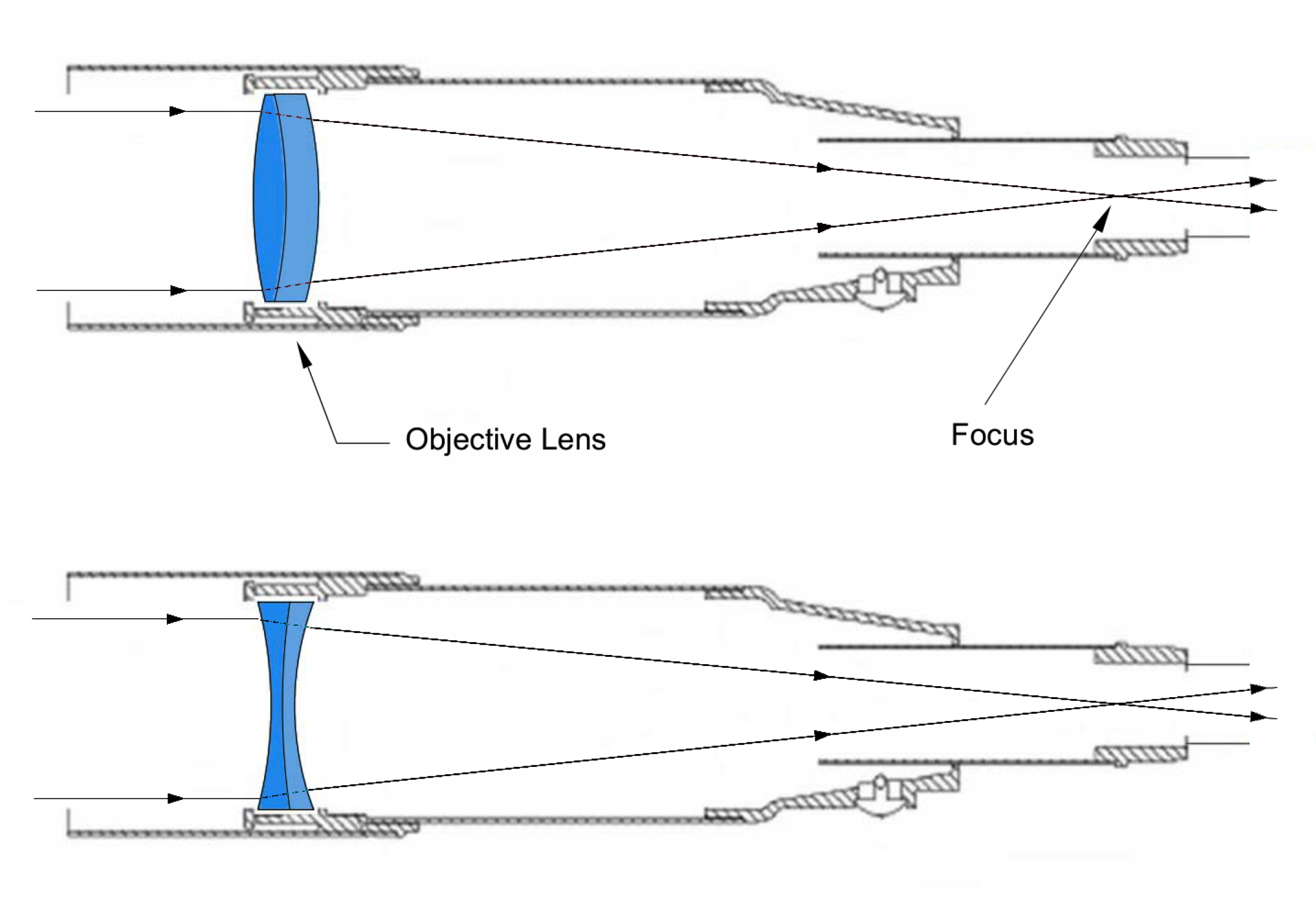
Fig. 4 Schematic view of Galileo telescope with convex lenses (top
view) and Santilli telescope with concave lenses (bottom
view).
In 1996, my wife Carla and I organized the First International Workshop
on Antimatter astrophysics at the little town of Sepino, central Italy
(see the Proceedings [1]) with participation of colleagues from
FERMILAB, CERN and other labs who showed to have an open and curious
mind. Hence, I felt encouraged to present the new isodual mathematics
and indicate some of its implications for antimatter.
In 2011, my wife Carla and I organized the Second International Workshop
on Antimatter Astrophysics at the Republic of San Marino in the Northern
Italian Peninsula, which was a great success. In fact, during the
workshop, I received the greatest honor granted by that Republic, the
Gran Cross of the St. Agata Order.
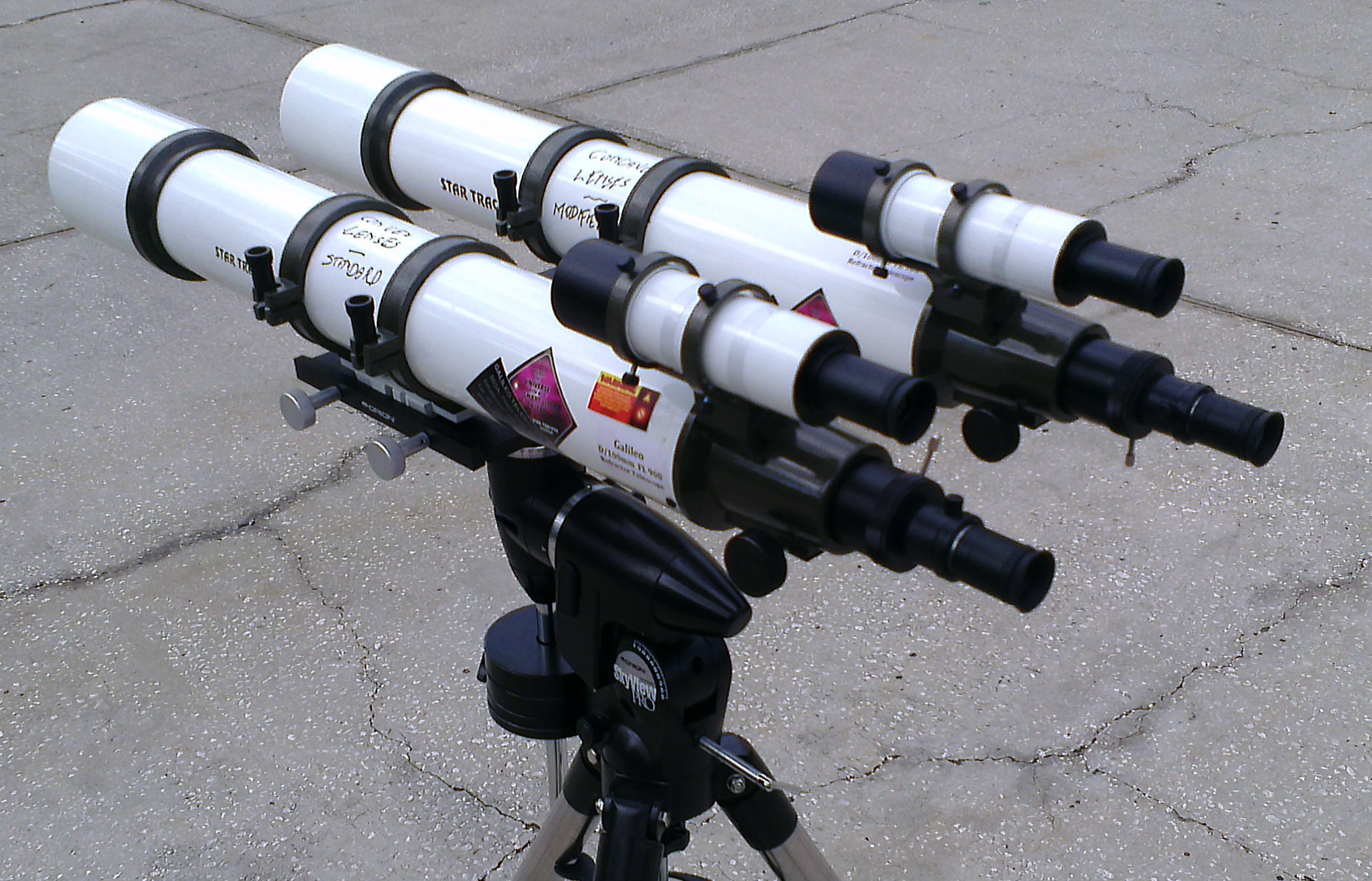
Fig. 5 The parallel mount of the Galileo and Santilli telescopes with
related finder scopes used in Santilli historical tests.
The above prediction gave birth to what is friendly called "Santilli
crazy telescope" (technically called isodual telescope) because based on
"concave lenses" as the only capable of focusing light with a negative
index of refraction. During the two subsequent years I suffered the
rejection by telescope manufacturers to build such a telescope, again,
because dubbed "crazy" despite the offer of paying whatever asked.
Finally, I located a manufacturer in China who finally did build the
needed "crazy telescope".
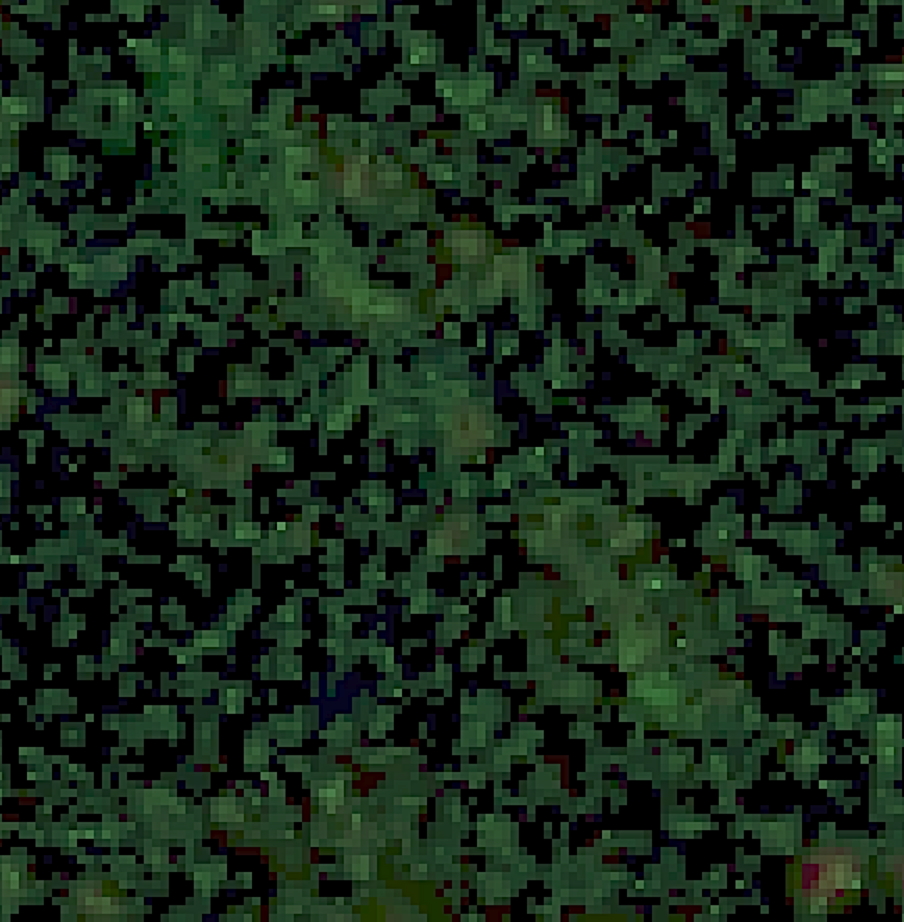
Fig. 6 Enlarged view of one of the streaks of matter-light
representing a far away matter-galaxy identified in the main picture of
the Epsilon Alpha and Beta region of the night sky near Vega obtained on
November 7, 2013, via the Galileo telescope.
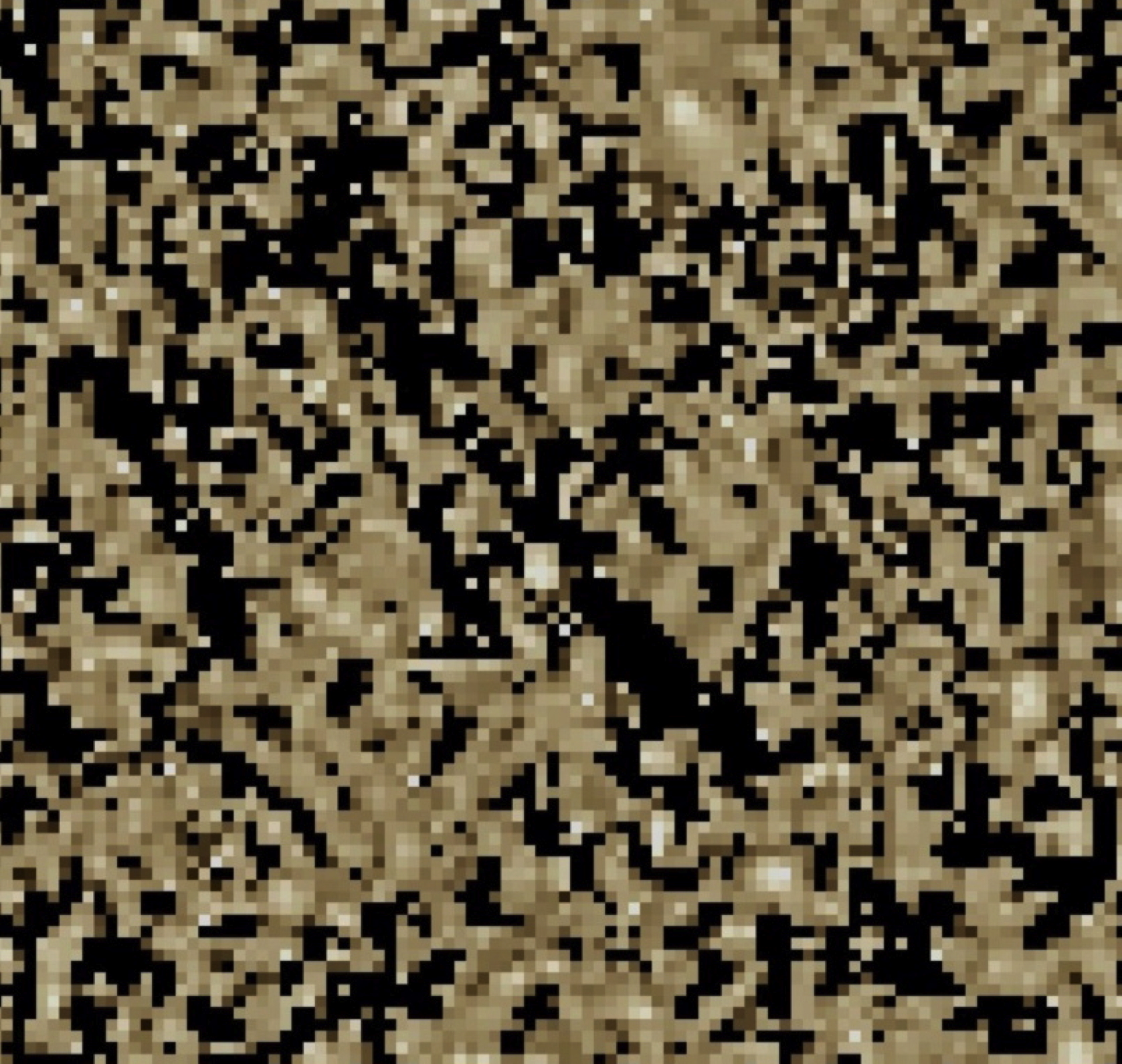
Fig. 7 The first streak identified in the picture of the Epsilon
Alpha and Beta region of the night sky taken on November 7, 2013, with
Santilli telescope. This picture is a historical record because it
constitutes the first evidence on scientific record that a telescope
with concave lenses can focus images that, as such, can only be due to
antimatter-light. Note that the streak is parallel to that of antimatter light of Fig. 6, it does not exist in the pictures of the
Galileo telescope of the same region of the sky, and the depicted image
is a streak of darkness, thus confirming Dirac's vision that antimatter
possesses negative energy. (see Ref. [4] for technical details and for
several additional pictures).
Stated in a nutshell, in the event confirmed, the isodual physics,
including the isodual telescope, would imply the total revision in due
time of our current knowledge on antimatter, not in a revolutionary way,
but rather along an evolutionary way.
There is no doubt that a final experimental confirmation of the isodual
theory of antimatter will imply a revision of our current conception of
the universe.
Perhaps, the biggest departure from current beliefs occurs for what are
today called "antiprotons" since they emerge as "not necessarily" being
antiprotons (\bar p^-), but being instead what I have called
"pseudo-proton" (symbol p^*-).
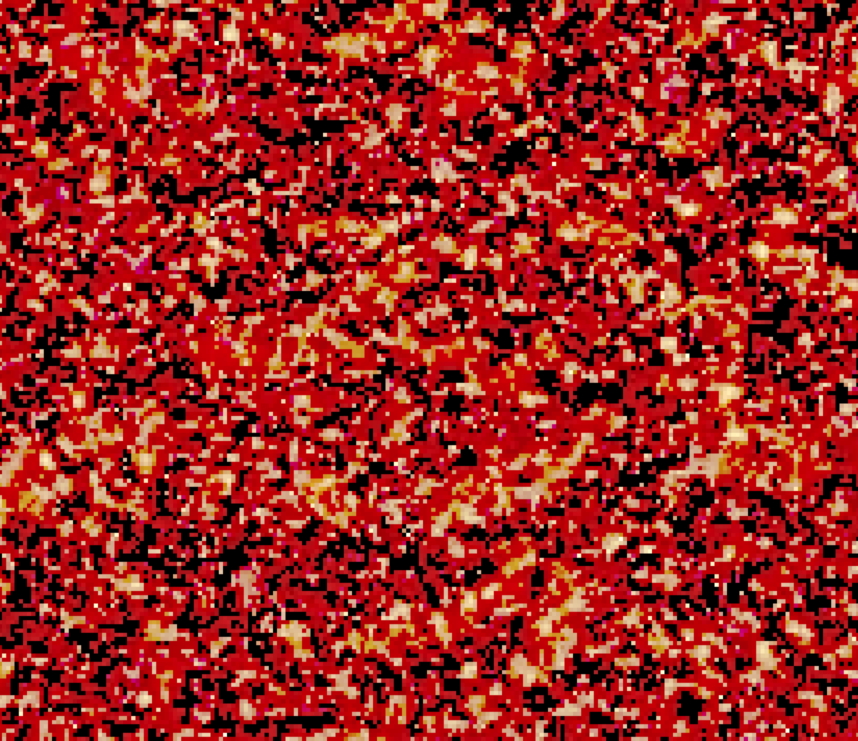
Fig. 8 The first of numerous circular traces identified in a picture
of Vega regions of the night sky on Nov ember 7, 2013, with Santilli
telescope. Note that the picture is taken under a 15 seconds exposure,
thus indicating that its origin was an instantaneous event, thus
suggesting that these circular traces are due to the annihilation of
antimatter cosmic ray in the upper portion of our
atmosphere.

Fig. 9 Picture of an image from Santilli telescope expected to be due
to the annihilation of a small antimatter asteroid in the upper region
of the sky because taken under 15 seconds exposure and not being o
circular character as for the case of antimatter cosmic rays. Note that
all images taken from Santilli telescopes cannot be seen by the human
eye because our iris is convex, thus dispersing the image all over the
retina.
I believe that our Military should be informed of their potential
paralysis in the event we are hit by an antimatter asteroid the size of
a football. Military agencies (such as DARPA) should provide funds to
continue the research which I have personally supported until now but
that's it. I have done my duty. It is high time for society to provide
funds for the continuation of the studies.
Tel: 1-727-934 9593 Fax: 1-727-934 9275 E-Mail: ibr@gte.net
All Rights Reserved.